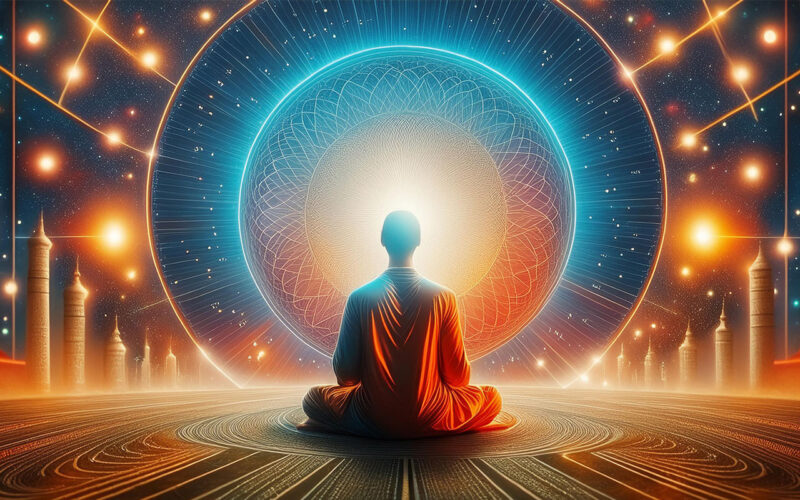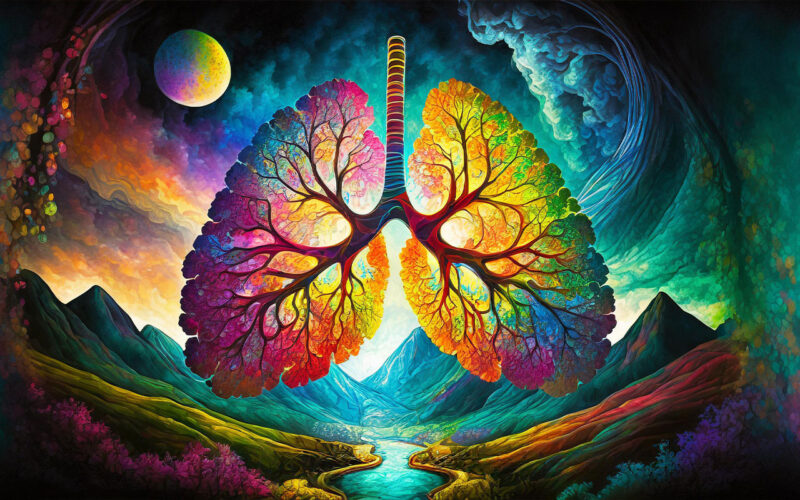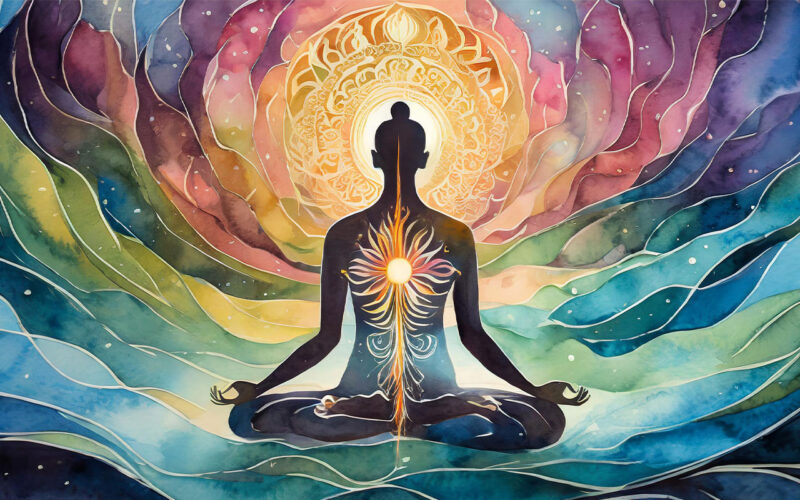Introduction:
Meridians, the fundamental channels through which energy flows in Traditional Chinese Medicine (TCM), form the backbone of a holistic approach to health that dates back thousands of years. These invisible pathways are believed to play a crucial role in maintaining the balance of vital life force, or chi, within the body. This article delves into the concept of meridians and explores where these pathways are located in the human body.
The Concept of Meridians:
In TCM, meridians are considered energetic highways that carry chi to various parts of the body. The concept is rooted in the ancient Chinese philosophy of yin and yang, where the balance of opposing forces is crucial for health and well-being. There are 12 primary meridians, each associated with specific organs and functions, creating a comprehensive network that connects the entire body.
Location of Meridians:
- The Lung Meridian (LU): This meridian begins at the chest and travels down the arm, terminating at the thumb. It is associated with respiratory functions and plays a role in regulating the immune system.
- The Large Intestine Meridian (LI): Starting at the index finger, this meridian runs along the arm, up to the face, and ends at the nose. It is linked to the digestive system and the elimination of waste.
- The Stomach Meridian (ST): This meridian starts at the face, runs down the chest and abdomen, and terminates at the second toe. It is associated with digestion and nourishment.
- The Spleen Meridian (SP): Beginning at the big toe, this meridian runs along the inner leg and ends at the chest. It is connected to digestion, blood production, and immune function.
- The Heart Meridian (HT): Starting at the armpit, this meridian runs down the arm and ends at the little finger. It is associated with cardiovascular health and emotional well-being.
- The Small Intestine Meridian (SI): Beginning at the little finger, this meridian runs up the arm, across the shoulder, and ends at the ear. It is linked to the absorption and distribution of nutrients.
- The Bladder Meridian (BL): Starting at the eye, this meridian runs down the head, neck, back, and legs, ending at the little toe. It is associated with the elimination of waste and fluid balance.
- The Kidney Meridian (KI): Beginning at the sole of the foot, this meridian runs up the leg, through the abdomen, and ends at the collarbone. It is connected to kidney function, water metabolism, and reproductive health.
- The Pericardium Meridian (PC): Starting at the chest, this meridian runs down the arm and ends at the middle finger. It is associated with heart protection and emotional balance.
- The Triple Burner Meridian (TB): This meridian has no associated organ and runs along the arm, chest, and abdomen. It is linked to the regulation of body temperature and metabolism.
- The Gallbladder Meridian (GB): Starting at the outer eye, this meridian runs down the head, neck, and sides of the body, ending at the fourth toe. It is associated with digestion and decision-making.
- The Liver Meridian (LR): Beginning at the big toe, this meridian runs along the inner leg and ends at the chest. It is connected to liver function, emotional balance, and the smooth flow of chi.
Conclusion:
Understanding the locations of these meridians provides insight into the intricate web of energy pathways that TCM believes governs our health. While modern science may not fully validate the existence of meridians, the practical applications of TCM therapies such as acupuncture continue to be embraced as effective methods for promoting balance and well-being.
Whether viewed through the lens of ancient philosophy or as a complementary approach to modern healthcare, exploring the locations of meridians can deepen our appreciation for the interconnected nature of the body’s energy flow.




